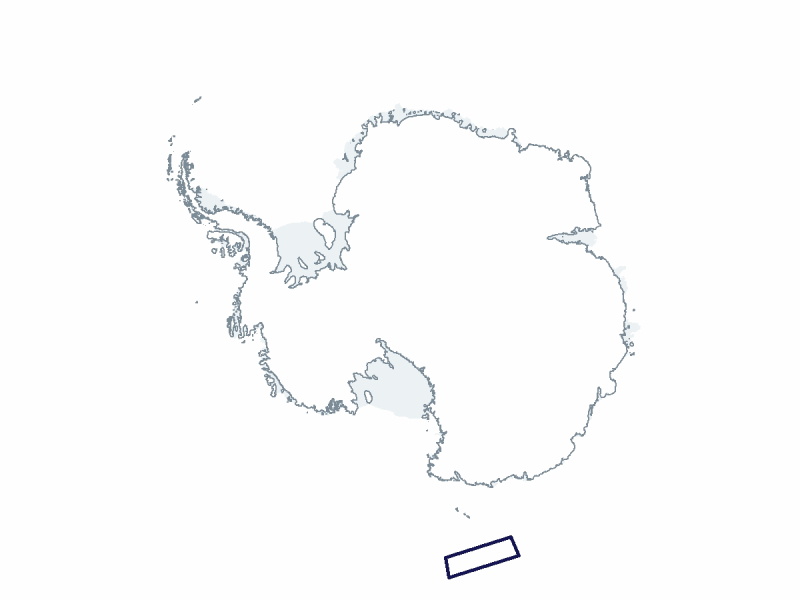2024-2025 USAP Field Season
Project Detail Project TitleCollaborative Research: Understanding the massive phytoplankton blooms over the Australian-Antarctic Ridge Summary
Event Number:
Program Director:
ASC POC/Implementer: Principal Investigator(s)
Dr. Kevin Arrigo
Project Web Site: Location
Supporting Stations: RV/IB Nathaniel B. Palmer DescriptionTraditionally, it has been assumed that phytoplankton blooms in the Southern Ocean are stimulated by iron from either nearby land or sea-ice. However, recent work demonstrates that hydrothermal vents may be an additional iron source for phytoplankton blooms. This enhancement of phytoplankton productivity by different iron sources supports rich marine ecosystems and leads to the sequestration of carbon in the deep ocean. This interdisciplinary program combines satellite and ship-based measurements of a large, poorly understood phytoplankton bloom in the northwestern Ross Sea sector of the Southern Ocean with a detailed modeling study of the physical processes linking deep dissolved iron reservoirs to the surface phytoplankton bloom. The satellite-based component of the program will characterize the broader sampling region before, during, and after our cruise. During the cruise, an automated software system at Stanford University will download and process images of sea ice concentration, Chl-a concentration, sea surface temperature (SST), and sea surface height, and send them electronically to the ship. Operationally, the goal is to use all available satellite data and preliminary model results to target shipboard sampling both geographically and temporally to optimize sampling of the bloom. Field Season OverviewThe centerpiece of this program will be a 40-day process study cruise in austral summer. The cruise will consist of an initial “radiator” pattern of hydrographic surveys/sections followed by Conductivity, Temperature, and Depth to selected submarine volcanoes. When/if eddies are identified, they will be sampled either during or after the initial surveys. The radiator pattern, or parts thereof, will be repeated two to three times. Hydrographic survey stations will include vertical profiles of temperature, salinity, oxygen, oxidation-reduction potential, light scatter, and PAR (400-700 nm). Samples will be collected for trace metals, ligands, 3He, and total suspended matter. Where intense hydrothermal activity is identified, samples for pH and total CO2 will also be collected to characterize the hydrothermal system. Water samples will be collected for characterization of macronutrients, and phytoplankton physiology, abundance, species composition and size. During transits, they will continuously measure atmospheric conditions, current speed and direction, and surface SST, salinity, pCO2, and fluorescence from the ship’s systems to provide detailed maps of these parameters. The ship will be used as a platform for conducting phytoplankton dissolved iron bioassay experiments at key stations throughout the study region both inside and outside the bloom. Researchers will also perform detailed comparisons of algal taxonomic composition, physiology, and size structure inside and outside the bloom to determine the potential importance of each community on local biogeochemistry. One Polar STEAM (Science, Technology, Engineering, Arts, and Math) educator and one Polar STEAM artist will participate in onboard outreach for this project.
Deploying Team Members
|
2024-2025 Science Planning Summary



For USAP Participants |
For The Public |
For Researchers and EducatorsContact UsU.S. National Science FoundationOffice of Polar Programs Geosciences Directorate 2415 Eisenhower Avenue, Suite W7100 Alexandria, VA 22314 Sign up for the NSF Office of Polar Programs newsletter and events. Feedback Form |


